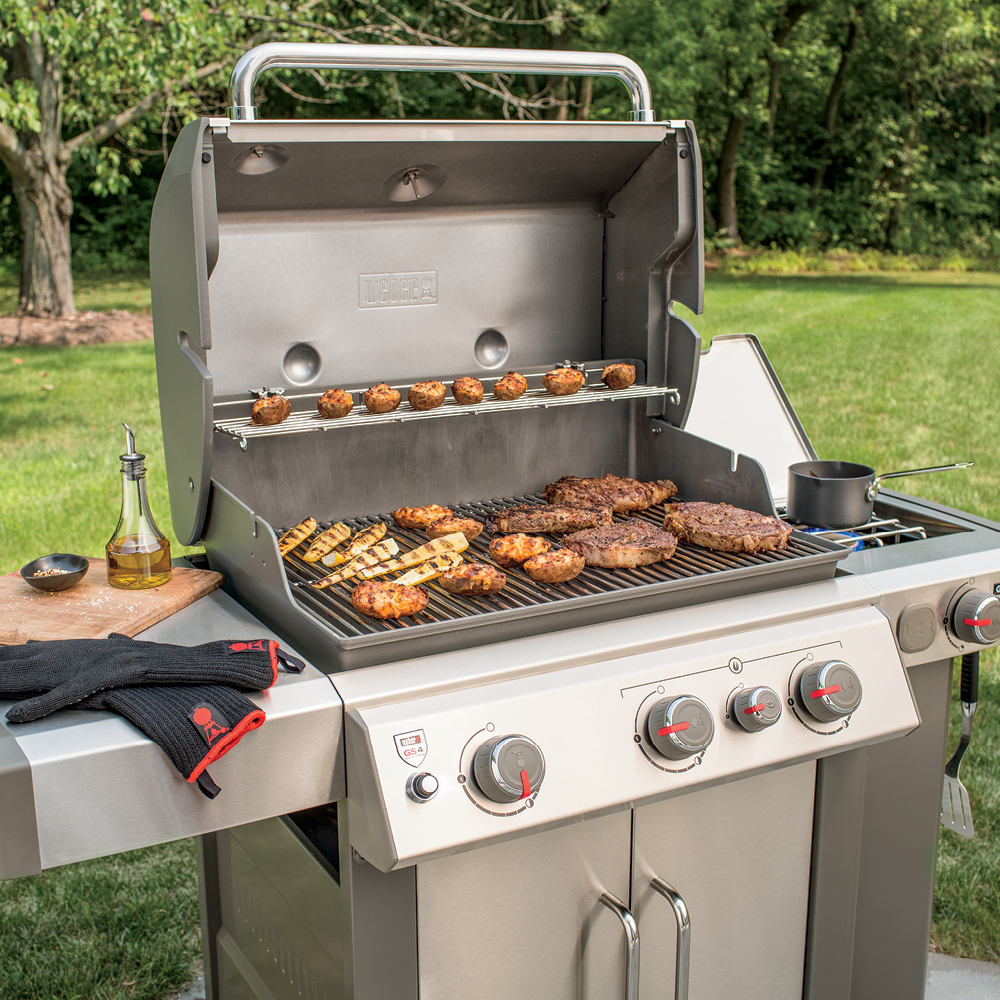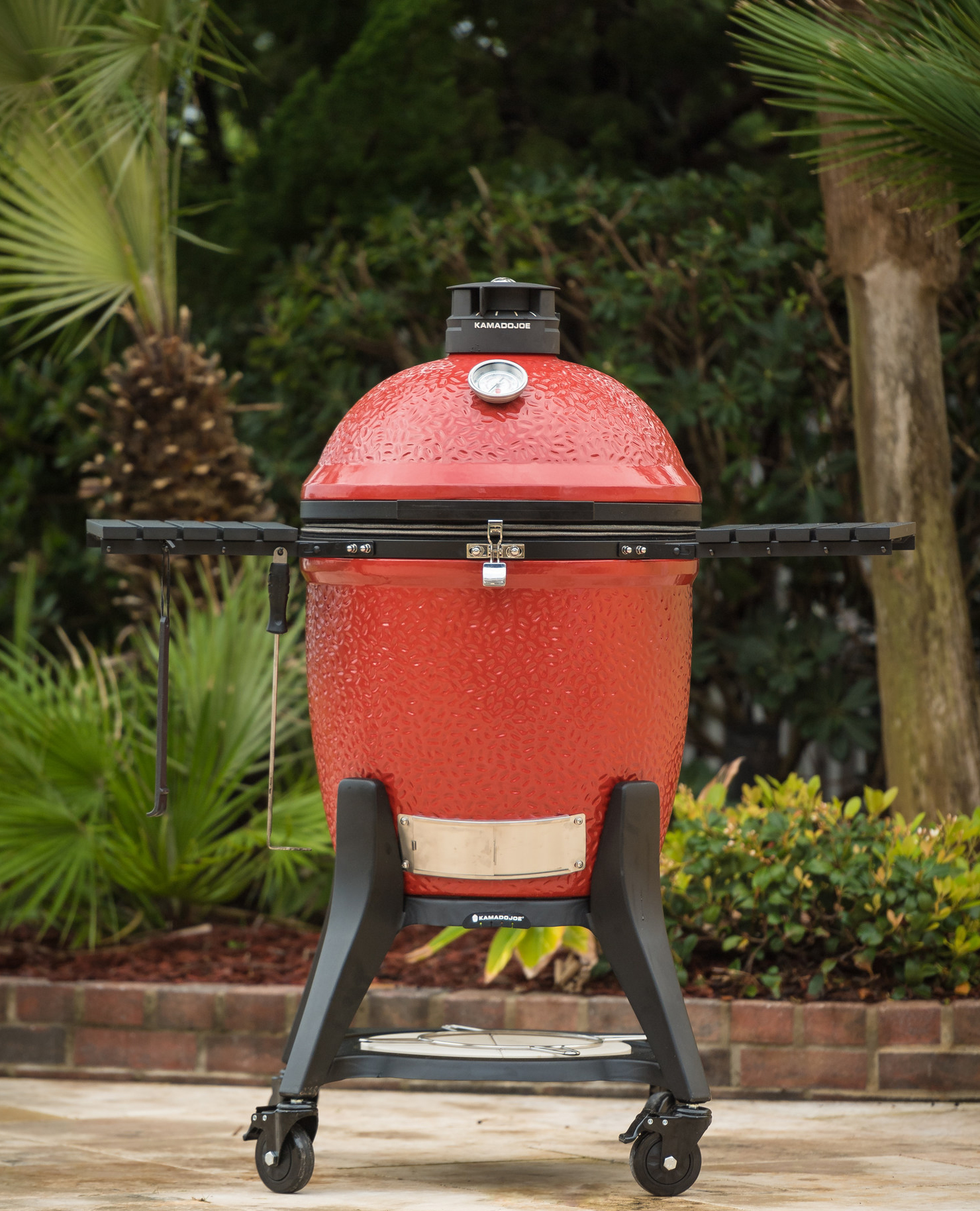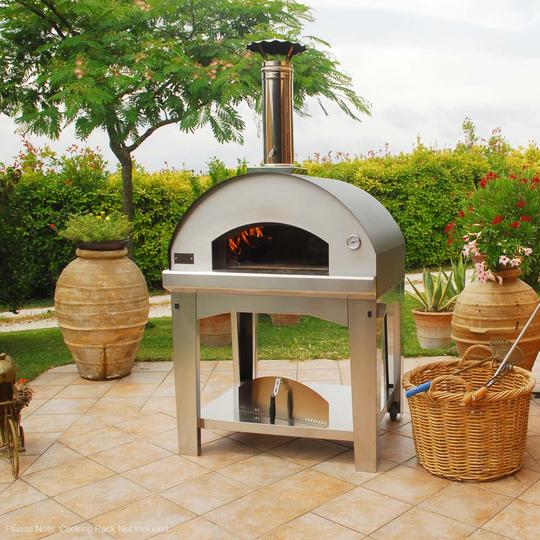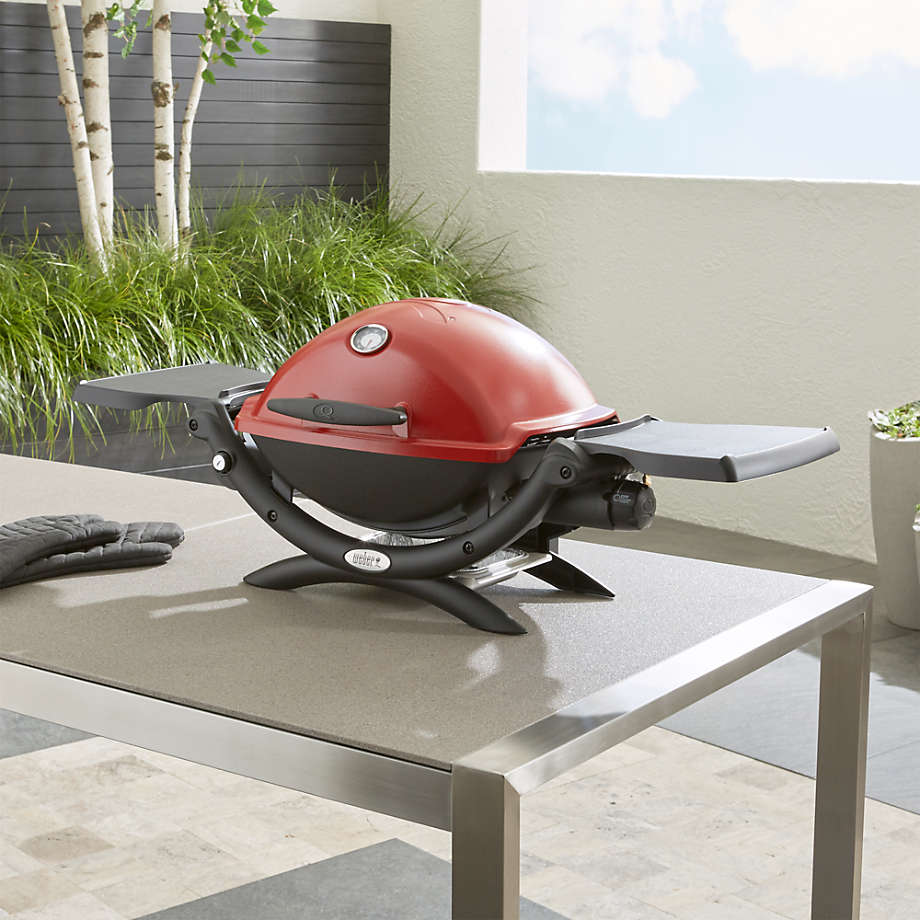Lump Charcoal Vs. Briquettes: Which is Better
Charcoal grills are one of two incredibly popular kinds of barbecue grills available on the market today. Named such for the charcoal it uses as a fuel source to cook and grill food, charcoal grills are known to give food a more prominent smoky flavour than its competitor, gas grills. However, these grills also frequently need a new bag of charcoal every three to four cooking sessions – or more depending on the weight of the charcoal bag. And to make restocking charcoal for barbecuing a little more difficult, you have to choose briquettes vs charcoal.
Though both briquettes and charcoal are used for much of the same reasons, they both have their separate make-up and materials that give them their advantages over the other. Both are essentially charcoal in their own ways, but whenever you go to ask a barbeque lover, a chef, or a pitmaster for their preferences, their choices are more than likely going to be different.
So, in the choice between lump charcoal vs briquettes, which one should you choose the next time you fire up your charcoal barbecue? To help you make a choice, we’ve narrowed down some of the key differences between the two and advantages of both in the choice between charcoal briquettes vs lump charcoal in this article. Once you’ve made your choice, you can head over to dicksonbbq.com and check out our catalogue of charcoal lumps and briquettes.
What is lump charcoal?
Among the different types of fuel that charcoal grills can use, lump charcoal is more than likely what you first imagine when dealing with those kinds of grills. Both lumps and briquettes are both made with wood, though in different manners. Lump charcoal is often made by burning small chunks of wood in an airtight chamber to dry it out completely. Any sap, moisture, and natural chemicals are burned off and leave pure charcoal behind.
If you ask around, many pitmasters and chefs are more likely to prefer this type of charcoal over the other varieties of fuel since lump charcoal is often a far more organic option. Since charcoal is simply just dried and charred wood, it can often have a few more benefits that make it stand out more. Today, more people are trying out lump charcoal, especially since it’s coming into popularity.
What are charcoal briquettes?
Much like charcoal lumps, charcoal briquettes are made from wood. However, unlike the wood lumps, charcoal briquettes are mainly made out of sawdust and extra remaining bits of wood from building and shaping longer pieces of wood. Mixed together with binders to make sure they retain their shapes, the nearly-made charcoal briquettes are then compressed into the ever-familiar pillow-shaped pieces of charcoal.
As a result of how much sawdust is created, charcoal briquettes are likely some of the most common kinds of charcoal you can find. The moment spring hits, stores bring out their large stocks of charcoal briquettes, making them a readily available option for charcoal grill owners.
Advantages of lump charcoal
Completely natural
Since the process of making lump charcoal removes any chemicals and additives that the wood may have, it's actually considered far more natural in a comparison of charcoal vs briquettes. Since charcoal lumps are essentially made by burning wood in a zero oxygen environment, all the moisture and sap that’s also been burned off, removing anything that could make them go bad over time – or during the colder winter months in storage.
Lights faster and burns hotter
The lack of any additives or chemicals can also mean that lump charcoal will light much easier than charcoal briquettes. The wood, as mentioned before, is dried to the point that any moisture or sap is removed. This assures that the transfer of flames from a lighter or match can easily ignite the charcoal since there’s no moisture in the lumps to dry out first.
That same lack of moisture also makes it so that, when the wood is lit, the flames can quickly reach a high temperature. Nothing is interfering with the flame’s ability to burn at the wood, allowing it to use up the fuel as needed.
Advantages of charcoal briquettes
Burns longer and maintains a steady temperature
Though charcoal briquettes are far more likely to have additives in them, this can actually be something of an advantage when comparing lump charcoal vs briquettes. While lit lump charcoal can burn hotter due to the lack of anything stopping the flames from burning through the wood, they frequently tend to burn faster. Charcoal briquettes, on the other hand, will burn for a longer time, since the additive is primarily used to hold the sawdust together.
This longer burning time also ensures that the charcoal briquettes can maintain a steady temperature. The combination of sawdust and the additive combine in a way that it all burns at a steady rate and thus a steady temperature.
Cheaper costs
Since hardwood scraps and sawdust is readily available, the only thing that’s needed is the binder to form the briquettes into their specific shapes. Simply take the sawdust from these locations, mix them with a binding agent and compress or shape them into familiar pillow shapes. As a result, charcoal briquettes can be constantly produced and shipped out.
Takeaway
At the end of the day, what you consider is the best choice can more than easily work just as well as the other available options. While many pitmasters claim that lump charcoal is the best since it doesn’t have the same chemical aftertaste that briquettes do, the truth is often that the additive either doesn’t affect taste or that it doesn’t affect the taste of the food. If you prefer the natural quality of lump charcoal, use it for your barbecue in the same way you can use briquettes if you don’t want to spend more or don’t mind a different taste.







